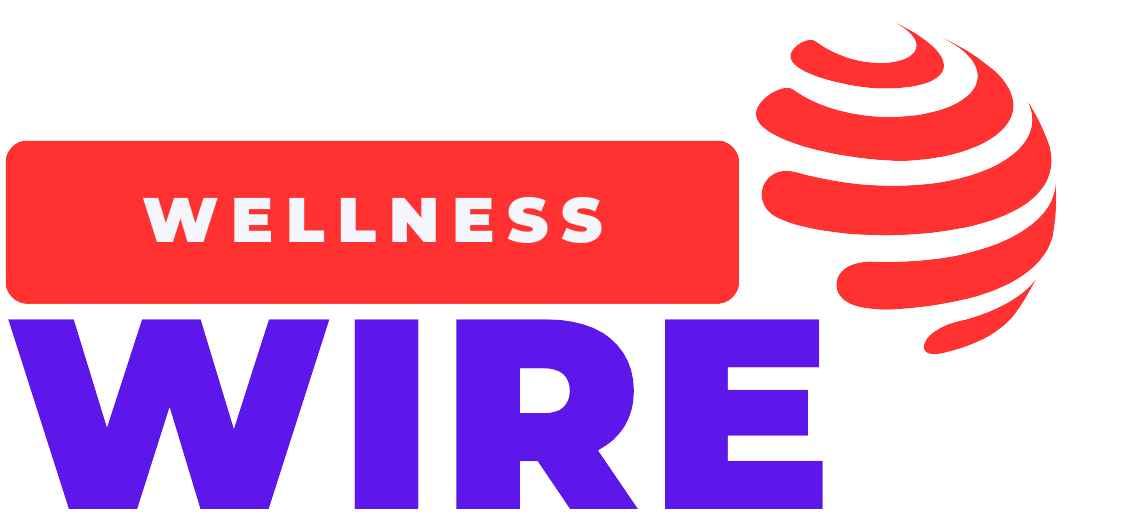Decision Fatigue Is Quietly Draining You—Here’s How to Fight Back and Regain Control
Feeling mentally exhausted by midday? Learn what decision fatigue is, how it affects your productivity, and science-backed strategies to overcome it and reclaim your focus.

You sit down to work, but can’t decide where to begin. Hours later, you're scrolling aimlessly through your phone, struggling to choose what to eat for dinner. Sound familiar? You might be dealing with decision fatigue—a silent productivity killer that impacts everyone, from high-powered CEOs to overwhelmed parents.
The modern world demands constant decision-making. From choosing what to wear and eat, to managing emails, meetings, and micro-decisions at work, your brain is constantly under pressure. The more decisions you make, the worse you become at making them. That’s the essence of decision fatigue.
What Is Decision Fatigue?
Decision fatigue refers to the deterioration in decision quality after a long session of decision-making. Coined by social psychologist Roy F. Baumeister, the term explains how mental energy depletes throughout the day, leading to impulsive choices or decision paralysis.
According to a study published in the National Academy of Sciences, judges were more likely to grant parole early in the morning and just after lunch—but not late in the day. The decline wasn't due to bias, but mental fatigue from too many decisions.
Signs You’re Experiencing Decision Fatigue
-
Difficulty focusing or completing tasks
-
Procrastination and indecisiveness
-
Impulsive behavior or poor choices
-
Mental fog and irritability
-
Avoiding decisions altogether
If you’ve ever spent an hour scrolling Netflix without watching anything, that’s decision fatigue in action.
Why It Matters More Than You Think
Decision fatigue doesn’t just affect trivial choices—it can impact your health, work performance, finances, and relationships. It leads to:
-
Overspending due to impulse purchases
-
Skipping workouts or eating poorly
-
Poor leadership and judgment calls at work
-
Missed deadlines from procrastination
Psychology Today emphasizes that chronic decision fatigue contributes to burnout and makes even smart, capable people act against their goals.
How to Beat Decision Fatigue: 10 Proven Strategies
1. Simplify Repetitive Daily Choices
One of the most effective ways to reduce mental strain is to automate decisions. For example:
-
Eat the same breakfast on weekdays
-
Build a capsule wardrobe
-
Schedule recurring tasks
-
Plan meals for the week
? Harvard Business Review – How Leaders Can Reduce Decision Fatigue
2. Make Important Decisions in the Morning
Your willpower and cognitive energy are highest in the early hours. Schedule your biggest decisions for the first half of your day.
3. Time-Block Your Day
By assigning specific times for focused work, admin tasks, and breaks, you reduce the number of choices you need to make in real time.
? Learn more about time-blocking for productivity
4. Limit Your Choices
The more options you have, the more likely you are to stall. Choose 2-3 top priorities daily instead of juggling 10 tasks.
? Barry Schwartz’s TED Talk on the Paradox of Choice
5. Build Strong Routines
Routines create structure and free your brain from unnecessary decisions. Morning and evening rituals can anchor your day and reduce mental clutter.
6. Batch Similar Decisions
Grouping similar tasks (emails, errands, admin) helps your brain stay in the same cognitive mode, making you more efficient and less drained.
? Getting Things Done by David Allen – a framework for batching and productivity
7. Use a Decision Matrix for Complex Choices
Tools like the Eisenhower Box or weighted scoring matrices help you make logical decisions instead of emotionally charged ones.
? MindTools – Decision-Making Tools
8. Get Enough Sleep
Sleep deprivation amplifies decision fatigue. The CDC recommends 7–9 hours per night for adults. Without proper rest, even simple decisions feel overwhelming.
? CDC: Sleep and Sleep Disorders
9. Take Strategic Breaks
Short breaks, especially outdoors or away from screens, help reset your mental state. The Pomodoro Technique—working in 25-minute bursts—can keep your energy levels high.
10. Delegate or Outsource
If possible, delegate non-essential decisions to others. Even something as simple as a meal subscription or hiring a virtual assistant can drastically reduce mental clutter.
? Upwork – Hire Freelancers for Routine Tasks
How Leaders and Creatives Use This Strategy
Famous figures like Steve Jobs, Barack Obama, and Mark Zuckerberg famously wore the same outfit daily to reduce decision fatigue. Their logic: save mental energy for the decisions that really matter.
In the business world, effective delegation, templated workflows, and focused priorities are how top executives keep their minds sharp.
Final Thoughts: Small Shifts, Big Relief
You won’t eliminate decision fatigue overnight, but with intentional choices and better systems, you can drastically reduce its effects. Start by simplifying your morning, limiting your daily priorities, and building protective habits around your time and energy.
As you reclaim your mental bandwidth, you'll not only get more done—you'll feel better doing it.
Want more insights on productivity, mental health, and everyday wellness?
Visit https://www.wellnesswire.in for grounded, research-backed content that empowers your well-being.
What's Your Reaction?
 Like
0
Like
0
 Dislike
0
Dislike
0
 Love
0
Love
0
 Funny
0
Funny
0
 Angry
0
Angry
0
 Sad
0
Sad
0
 Wow
0
Wow
0



















































